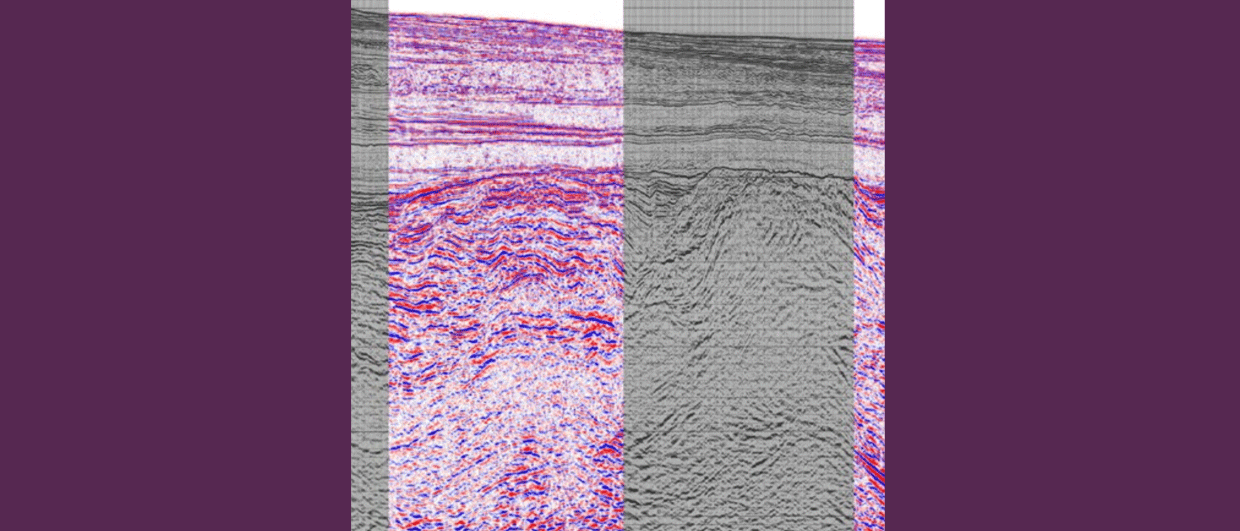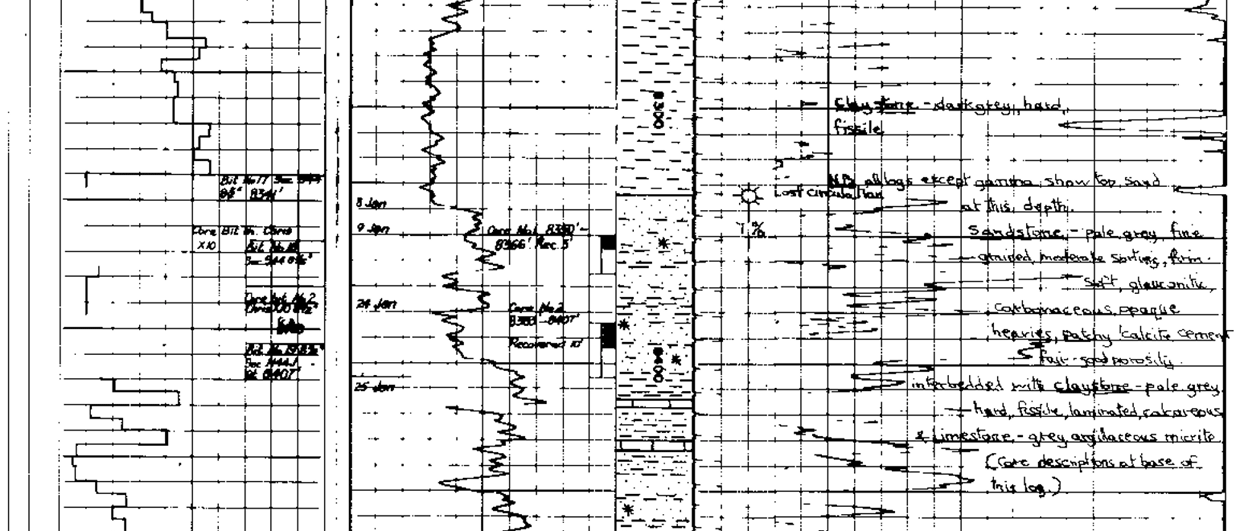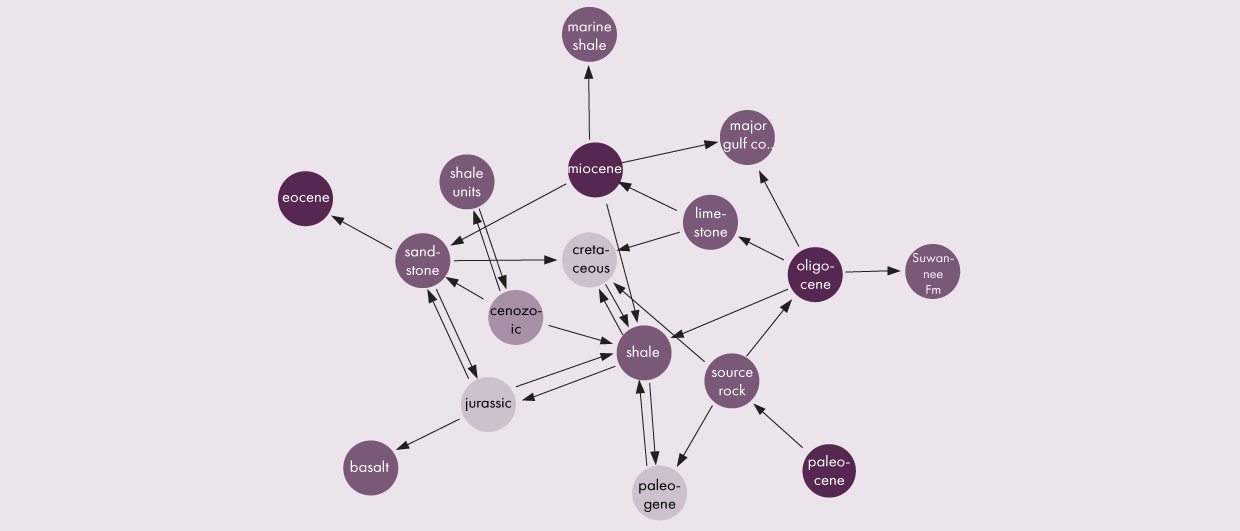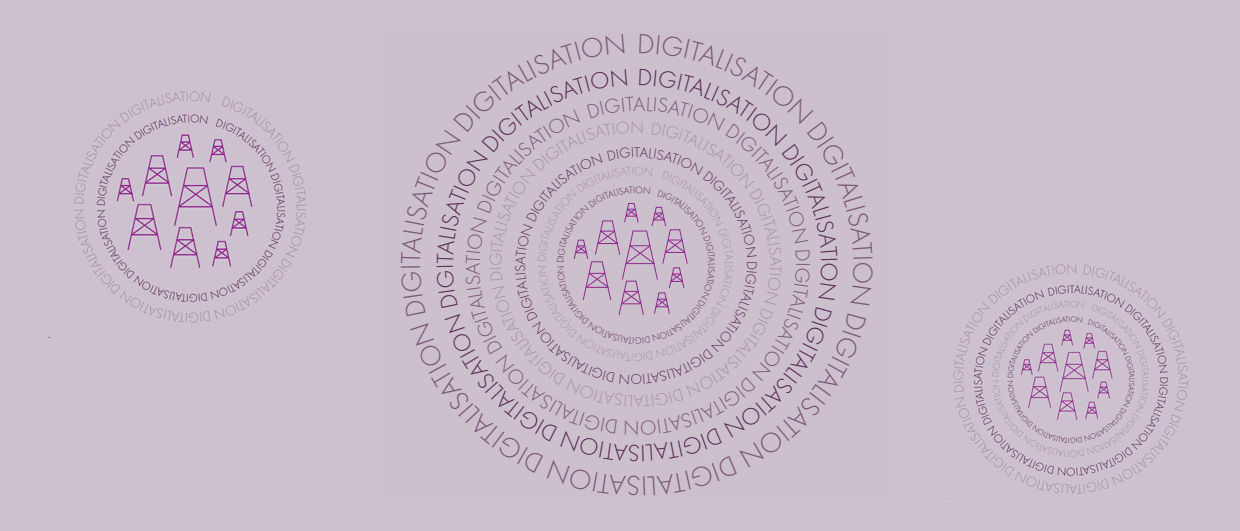When a country where some previous exploration efforts took place decides to run another licensing round in an attempt to attract interest from the global exploration community, legacy data quickly becomes one of the ticket items to lure the experts in. However, as we have seen in many cases, the only available data for an area of interest is often in hard copy or scanned image format, whether it be seismic, VSPs, wells or maps. Data in these formats can be difficult to assess and integrate into existing projects, as well as being inconvenient to manage. And because there are other countries competing to attract the same explorers, having a consistent and digital subsurface dataset is a great way to create that competitive edge.
Fortunately, legacy data can be reconstructed to a modern format, thereby restoring its versatility and value.
Converting a scanned seismic image to SEG-Y enables the user to exploit the fullest potential of the seismic – the digital product allows integration of vintage data more seamlessly into existing digital projects as well as more effective interrogation, processing and management of this data and associated metadata.
Rather than a static hard copy or scanned image, through the vectorising process not only the seismic data, but also the acquisition and processing parameters, associated velocities and any displayed information such as curves or graphs can be more immediately and effectively used.
Seismic vectorising is the conversion of pixels to amplitude and frequency domain. For that reason, the quality of the output depends heavily on the quality and display type of the original section. For instance, paper data can physically degrade, or interpreters have put their colouring pencils to use. A paper copy can in turn be a scanned or reproduced version of an earlier original. Yet, end users are often surprised at what data can be salvaged through vectorising a seemingly irredeemable image. In rare cases, a seismic hard copy optimally scanned and prepped can be converted into a digital product almost indiscernible from the original data.
The market for this service ebbs and flows with the tide of global exploration interest – there are peaks and troughs. However, we consistently see that clients realise that vectorised seismic provides a viable low-cost option. Especially if you own the hard copy already, why not get more from your existing data before acquiring new?





